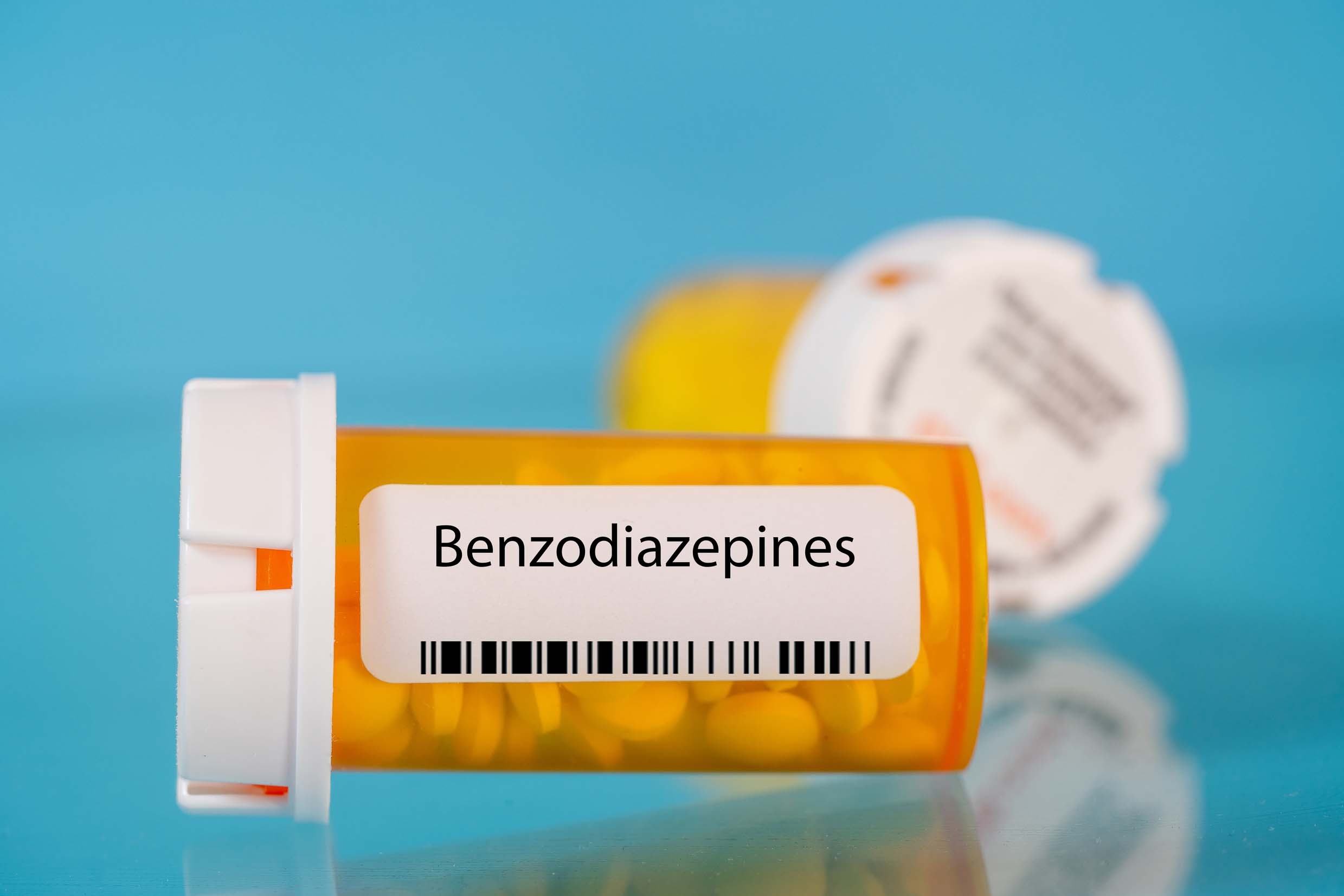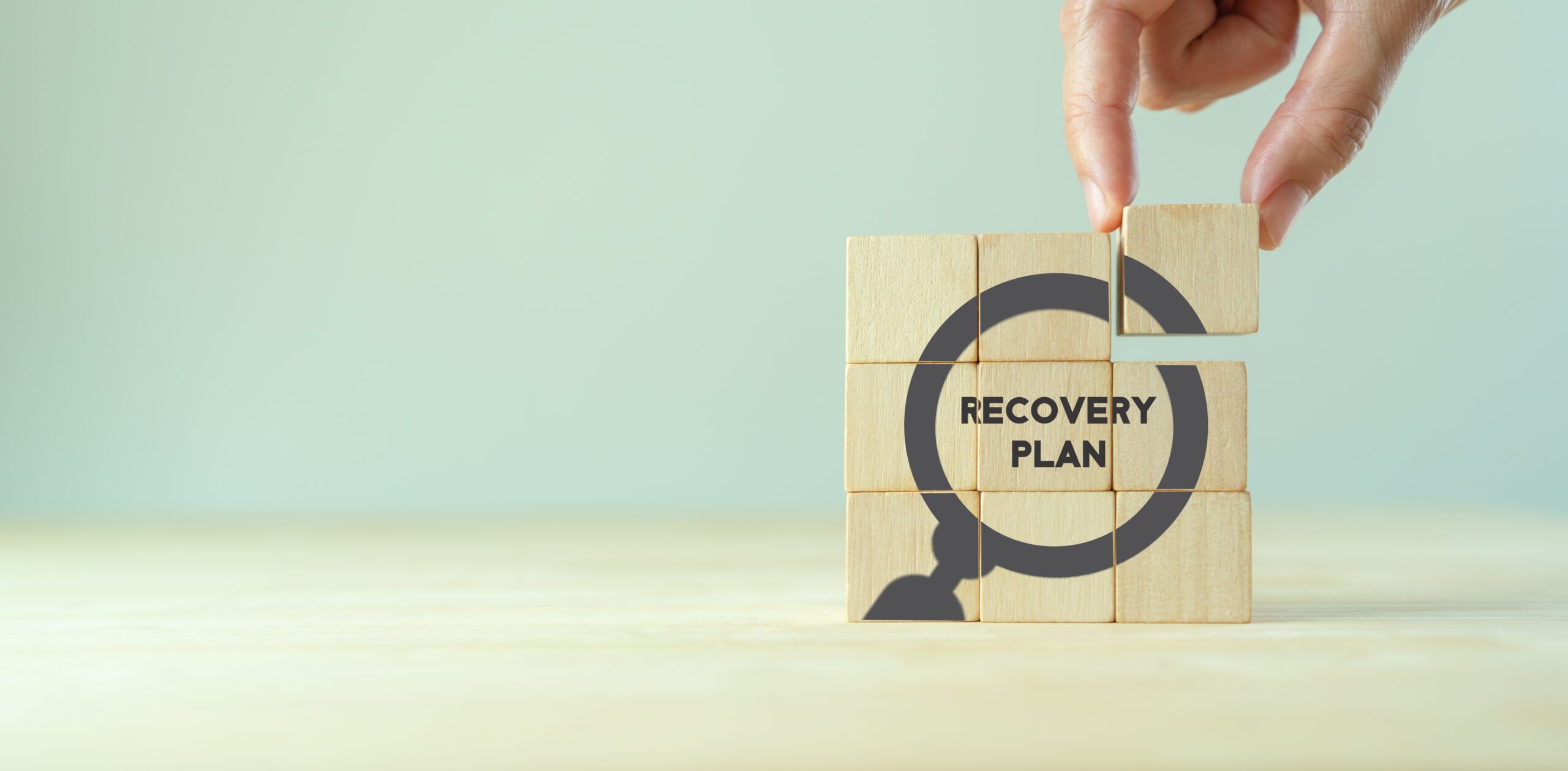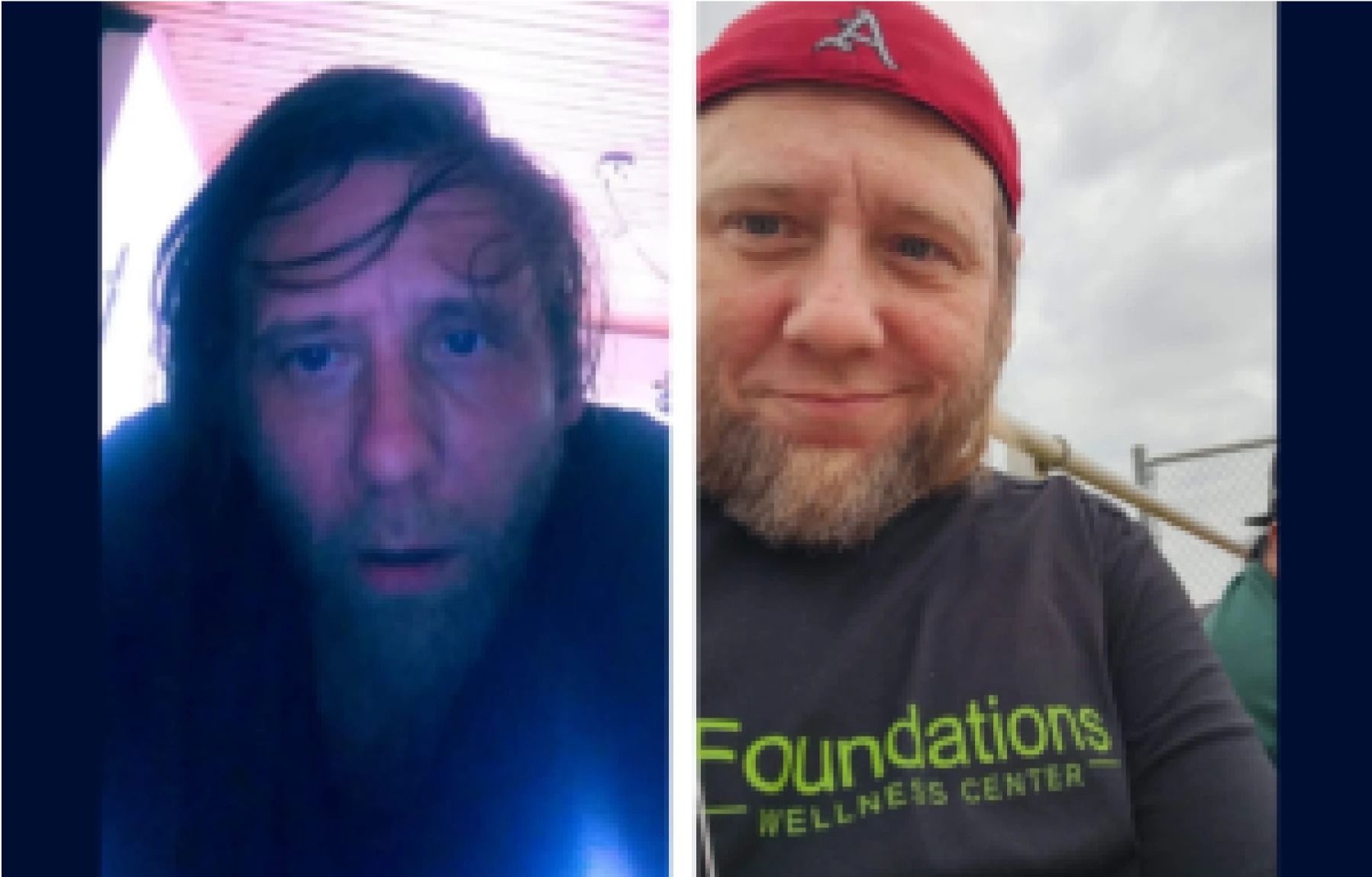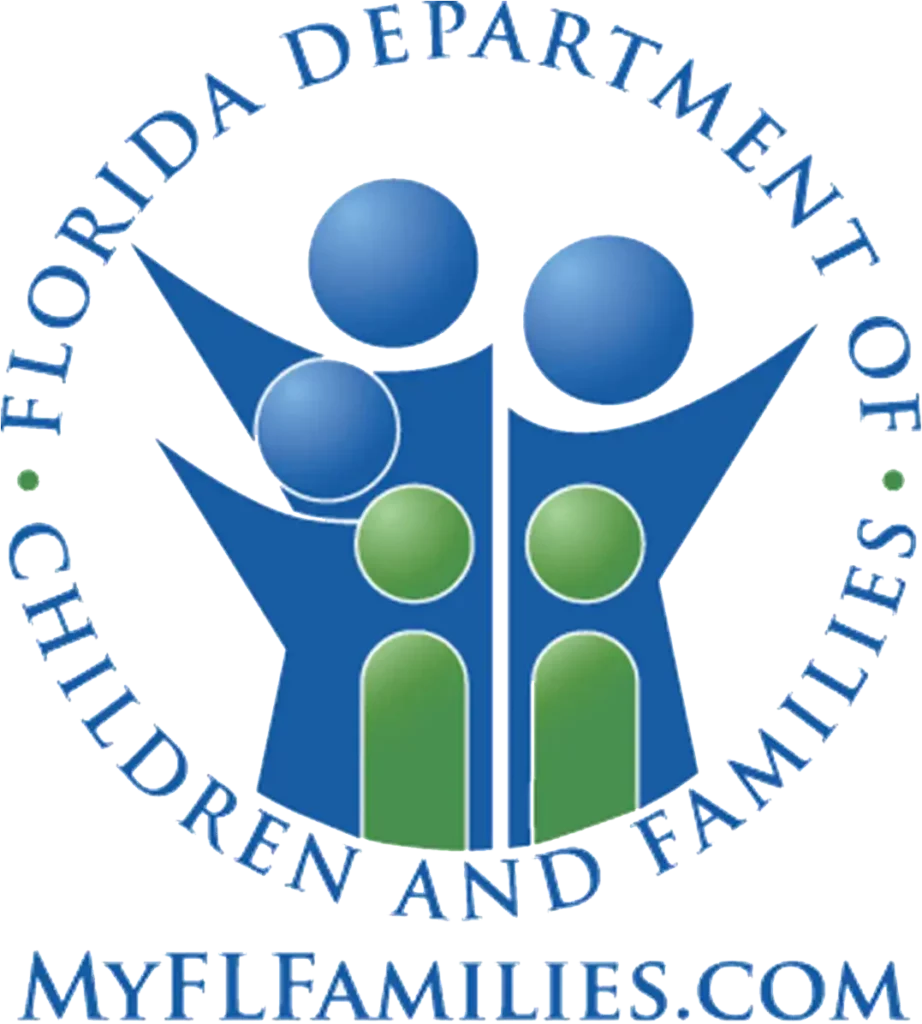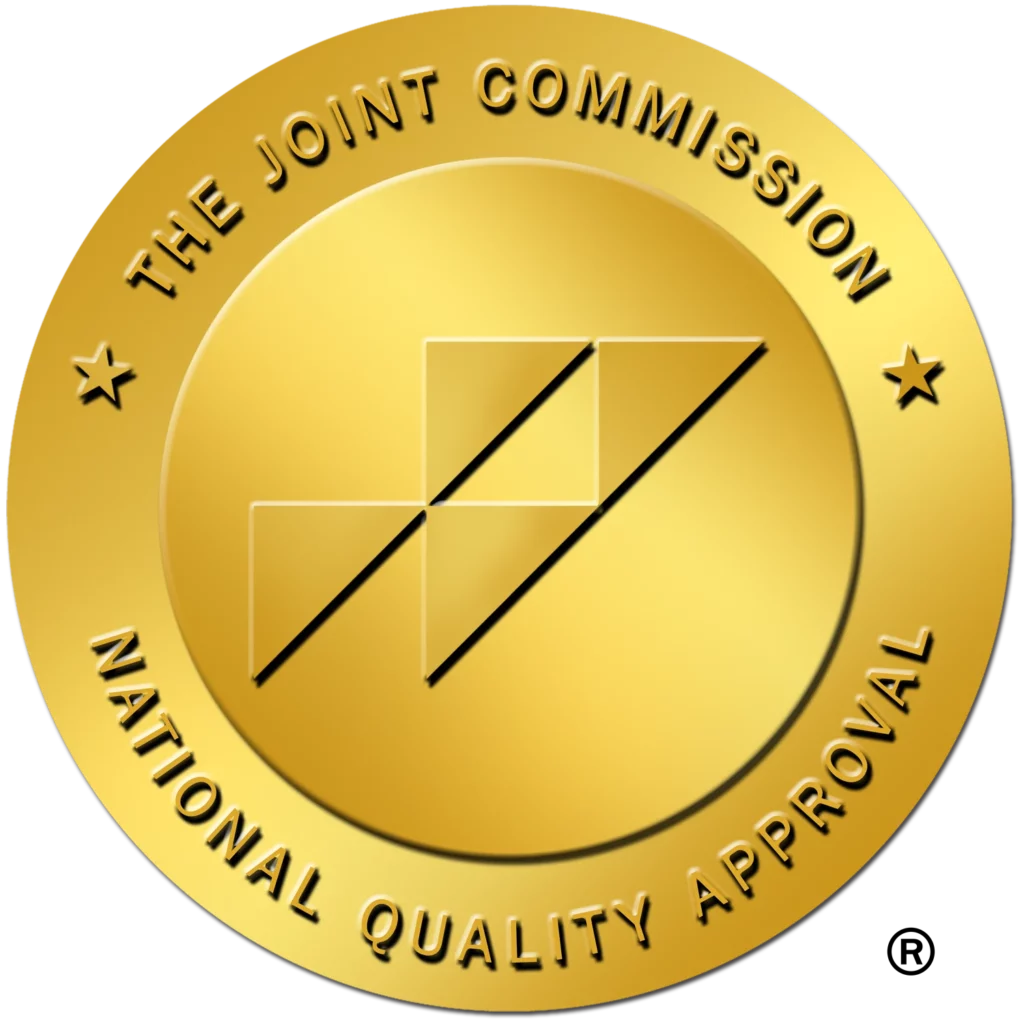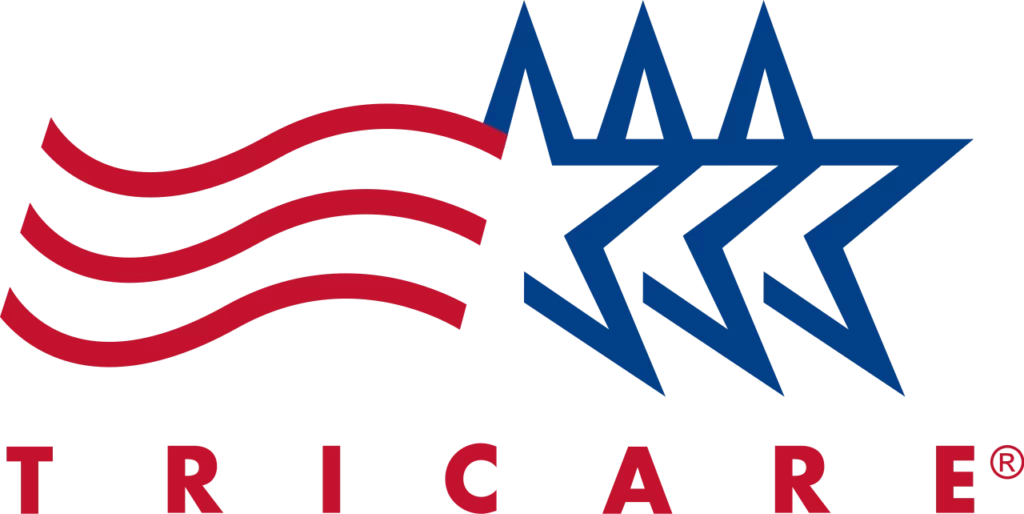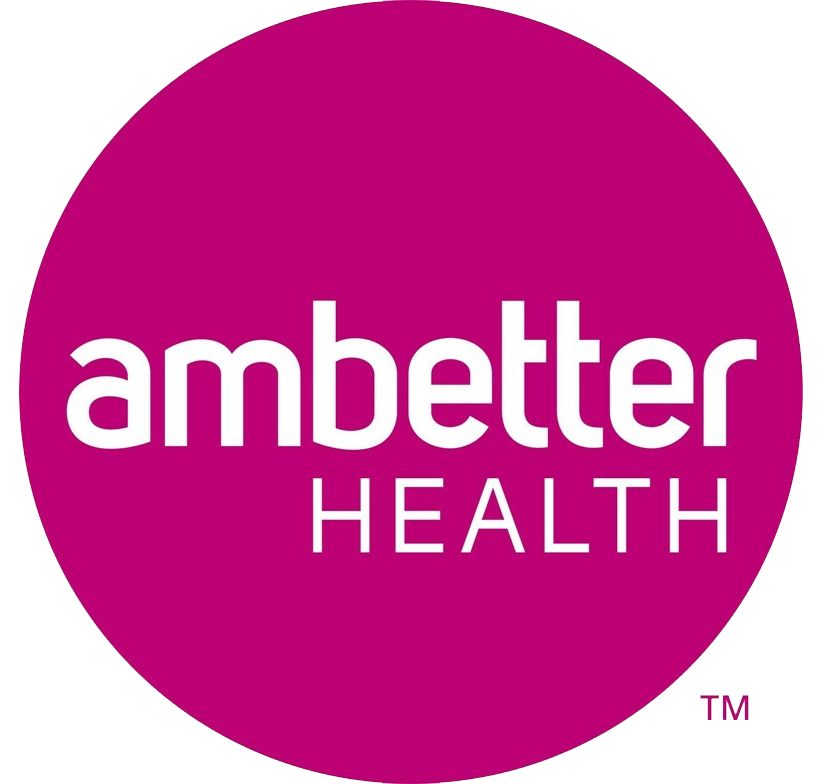Do Other Countries Treat Addiction Like Us and See It as a Global Disease?
This entry was posted in Alcohol Abuse, Drug Abuse and tagged Drug Addiction, Drug Treatment, Relapse Prevention on May 29, 2019 by Justin Baksh, MS, LMHC, MCAP, Chief Clinical Officer.
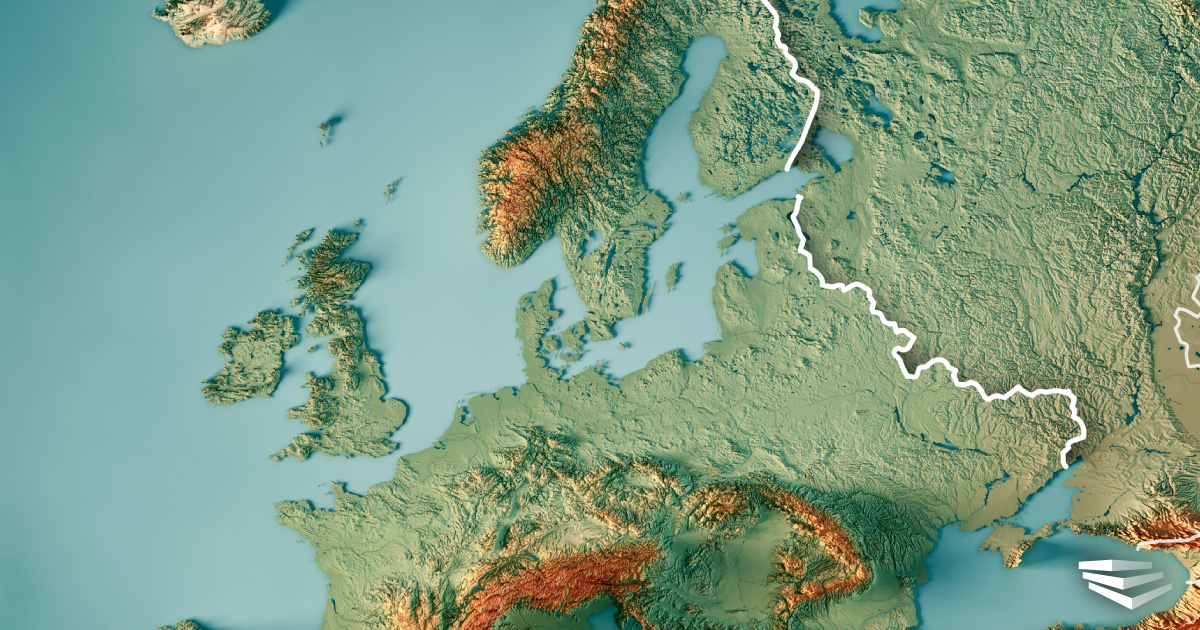
Different countries have a variety of problems to solve. One increasingly common one is drug addiction. In the United States, over 2.2 million people who have been incarcerated for drugs, far more than any other country in the world. We have more than Russia (a mere 676,000), and India (only 385,000), which are both nominal figures in comparison to their respective populations.
Our domestic war on drugs keeps our prisons full, but we continue to fight this battle with no end in sight.
However, if we consider addiction as a global disease, it begs the question, “How do other countries treat addiction, and is there another solution we should consider?”
Let’s look at the drug policies, community efforts and treatment initiatives available on foreign soil, weigh the differences, and compare the outcomes.
European Union Casts a Wide Net on Drug Treatment
Portugal’s Experiment

After the revolution in 1974 which toppled the dictatorship, the Portuguese had the freedom to do whatever they liked.
Unfortunately, that freedom opened the door for drugs, though the population was completely naïve about the potential repercussions.
By the 1990s, one percent of its people were hooked on heroin, prompting the Portuguese government to try a novel approach: They decriminalized all drugs for personal use and provided mandatory drug treatment for users.
Since that time, Portugal’s drug-induced death rate has plummeted to a level that is five times lower than the European Union average, with a drop in drug use across the board as well.
For every person in Portugal who cannot escape addiction, there’s daily:
- methadone
- counseling
- free treatment.
A generation ago, these addicts were put in jail. Now, they’re on the street, getting help.
The Netherlands Drug Policy

It is common knowledge that one can buy and smoke cannabis openly in the many coffee shops of Amsterdam and other Dutch cities.
Their government realized that buying illicit marijuana put users in contact with dealers who also sold harder drugs.
By having these coffee shops in place, people were less likely to get a hold of the harder drugs.
This open policy has been in place since the mid-seventies. Cannabis and other drugs are still illegal, but personal use has been decriminalized.
Intravenous drugs, such as heroin, although still a problem, have diminished in use as well.
Those addicted are either given a safe place to shoot up or provided methadone as replacement therapy.
In 1998, the Dutch government introduced heroin-assisted drug treatment, specifically synthetic, injectable heroin to opiate addicts who cannot tolerate other treatments.
The Dutch drug policy is an approach that focuses on easily accessible health care, harm reduction and prevention, resulting in less severe medical conditions found in these users.
Switzerland Supports Drug Users
In the 1980s, a prominent park in downtown Geneva was occupied by thousands of heroin addicts and their dealers.
This once peaceful park, Platzspitz Park, ultimately became known as Needle Park due to the amount of addicts shooting up there.
In Bern and Zurich, they had a similar problem as the incidences of HIV infections and drug overdose deaths rose.
Crime escalated, law enforcement and the judicial system were overwhelmed, prosecuting about 20,000 drug cases a year.

The Swiss, being ever pragmatic, decided to help the drug users instead of incarcerating them, and to just prosecute the dealers.
In 1994, they passed what is known as the Four Pillars Law:
- Harm Reduction
- Treatment
- Prevention
- Repression (or law enforcement).
This included safe havens for injection, methadone treatment, and slow-release morphine or heroin which is not available in the U.S.
It also included opioid substitution therapy (or medication-assisted treatment). The policies became as much about public order as about public health and safety.
The number of opioid related deaths, new HIV infections, as well as Hepatitis C cases dropped significantly. Burglary became almost non-existent and everyone, from drug users to the general public, felt safer.
As such, the police are able to concentrate on the dealers and the drug black market, while users are given better quality heroin and heroin substitutes by the government to stabilize their substance use disorder.
Croatia’s Liberal Drug Policies

Croatia decriminalized marijuana in 2012 and liberalized their policies on harder drugs, such as heroin and other opioids, cocaine, and amphetamines.
Now, only the dealers are getting jail time.
The users are getting rehab treatment, fines, community service, or a combination of all three.
Opioid use is still the number one problem; however, Croatian National Health covers treatment for all drug users.
The government is trying to reduce the demand and the supply of drugs while maintaining the overall health of their citizens.
This includes harm reduction and treatment (for users) and law enforcement (for dealers), as well as drug related research.
Since Croatia is mostly a transit country for illicit drugs, the main focus of law enforcement is reducing drug quantities entering the country.
On a local level, policing music festivals and the like is equally important to reduce the supply and the related crimes.
The Czech Republic Treats Drug Users
In 1997, the Czech Republic introduced Methadone Maintenance Treatment centers to combat opioid use.
By 2008, 14 MMT centers were seeing over a thousand patients a year.
Since 2012, the government has upped their expenditure on drug treatment.
Now, the numbers of heavy drug users and overdose deaths have dropped.

The Czech government still prosecutes major drug traffickers and distributors. On the other hand, they offer harm reduction programs, like needle exchange programs, along with counseling and infectious disease tests.
Other measures the government instigated to keep younger children away from any forms of addiction like drugs, alcohol, and tobacco have made a difference in keeping children under 16 from using illegal substances.
South America and Canada, Closer to Home
Uruguay and Pot
In 2013, Uruguay legalized marijuana and actually started selling it, rather than allowing the cartels to prosper.
By undercutting the drug dealers with $1 per gram pricing, the government freed up resources to focus on drug traffickers and black market dealers.
Using harder drugs in Uruguay is also not illegal. However, selling or dealing in heroin and cocaine is still a crime.

The government designed a new set of legal, commercial and bureaucratic tools to:
- Supplant a violent illegal narcotics market
- Improve public health
- Protect individual rights
- Raise tax revenues
- Research the medical potential of the world’s most widely used drug
While the general public did not like the laws, Uruguay’s handling of the cannabis issue has become a model for some of our own states’ cannabis laws.
The law in Uruguay explicitly aimed at improving public health.
In its preamble, there is a provision that explains the guiding principle of the law – to “promote and improve the health of the general population” through reducing the harms associated with cannabis use.
In 2005, Uruguay created a fund using monies and property seized from drug trafficking and money laundering activities. They launched some of the programs like drug use prevention, treatment and rehabilitation programs, and law enforcement strengthening.
Just in recent years, they seized drug money from traffickers and used it to fund new addiction treatment centers in the capital that include emergency treatment, as well as short and long term addiction treatment.
Ecuadorian Drug Law Reform

Ecuador’s proximity to cocaine producing countries had, in the past, made the government crack down hard on any drug possession.
In 2008, the Ecuadorian government started giving amnesty to people who had transported drugs as mules. This is their attempt to humanize the drug laws.
Ecuador legalized marijuana in 2013. And in 2015, the Organic Law on the Integrated Prevention of Drugs and the Use of Controlled Substances was enacted.
This put the emphasis on public health and decriminalized possession for personal use, setting thresholds for those amounts.
Drug treatment facilities became state-regulated. Most of Ecuador’s counter-narcotics activities focused on combating the public health issue of drug dependence.
By 2016, street dealers and “micro-traffickers” were addressed. Better surveillance tactics were used on major drug trafficking routes, increasing seizures of cocaine supply.
Ecuador took a page out of Portugal’s laws, emulating their approach to handling drug use. With it, they have seen drug related deaths decrease and drug use stabilize.
However, despite efforts to control the borders of Colombia and Bolivia, two of the major cocaine producing countries, more and more cocaine is going through Ecuador.
Canada Sees Drug Addiction as a Public Health Issue
The Canadian government considers itself to be on the forefront of drug issues.
In 1996, they pass a law putting all drugs in a schedule from I to VIII.
Schedules I and II carrying punishments ranging in severity up to life imprisonment. Schedule VII drugs becoming almost misdemeanors (only six months in jail and $1,000 fine).

By 2001, Canada legalized cannabis for terminally ill patients, and, in October of 2018, marijuana use became completely legal.
The purpose of the Cannabis Act was, and is, to protect public health, public safety, and to create a strict legal framework to control the production, distribution, sale, and possession of cannabis across Canada.
Other drugs remain illegal, however, the Canadian national health system provides addiction rehab facilities across the country to the public.
Unfortunately, wait times to get into them are long.
Here, drug use is considered a public health issue and addiction as a global disease due to its crippling nature.
Other Countries Treat Addiction Less Punitively

There is a lot of fear and misunderstanding when it comes to substance use disorders.
When we take a look at how the United States views drug use and those who engage in the production and distribution of these illegal substances, comparatively speaking, Americans often take a cold, hard line of judgment.
By promoting the stigmas associated with drug addiction, we forget that behind the addict is a person.
There are experts from various countries willing to deny that addiction is a disease, stating that it is ‘just a nasty habit.’
But how many other nasty habits have the ability to decay the prefrontal cortex of the brain, other areas of the body, and one’s emotional health?
While it is unclear as to whether all other countries see addiction as a disease; how we treat addiction in those who cannot control their use is the global red line.
The United States is, unfortunately, the cornerstone for drug use.
However, our foreign countries seem to have an upper hand in how they treat addiction, by publicly providing the means for individuals and their families to better handle it.
Not coincidentally, other countries don’t have the overwhelming numbers of active addiction that we do.
Perhaps foreign governments are better prepared to handle drug addiction than we are.
As with any other health issue, solutions come from knowledge, practice, and mistakes.
Curbing Substance Abuse: An International Plight
No one country has the right answer, as it may not be possible to have one “right” answer.
Despite the ongoing debate, however, perhaps we can all agree that addiction is a public health issue and not a crime – not something to be handled solely by the judicial system.
We need more solutions in our arsenal and more resources brought to bear to deal with this growing problem in our homes, on our streets, and in our workplaces.
Help change U.S. drug addiction statistics, be on the side of recovery.

